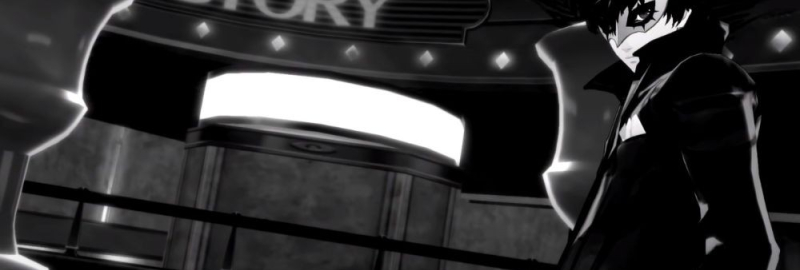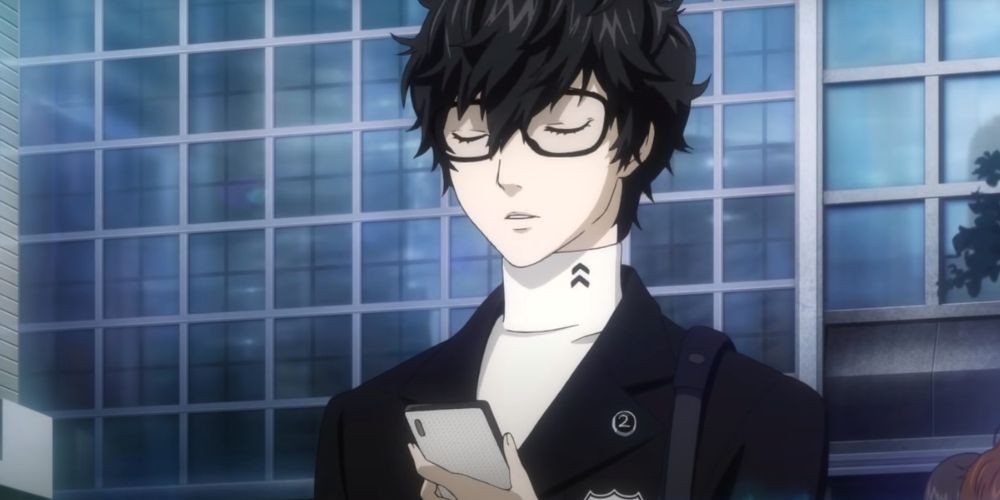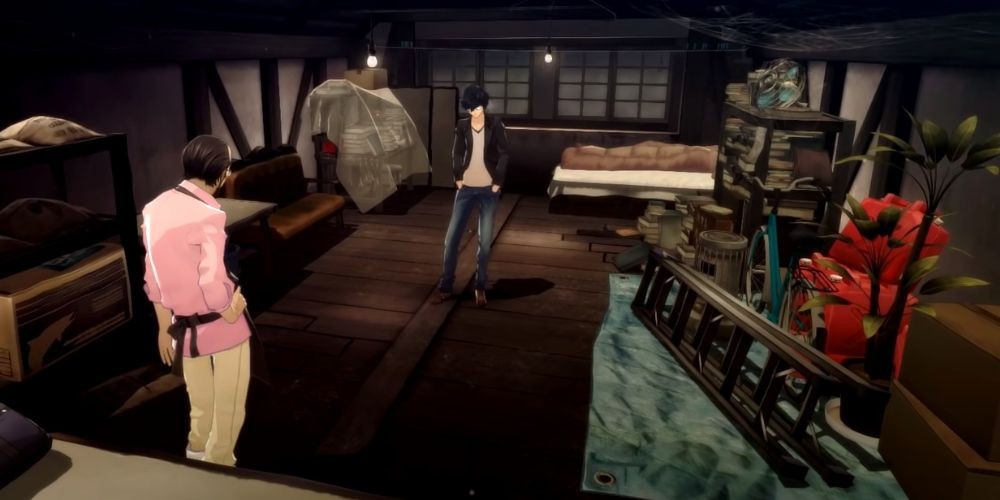
Atlus has expanded the Persona 5 universe with its latest offering, Persona 5 Tactica, which pushes into uncharted waters of strategy and tactics within the familiar confines of the beloved series. While still set in the same timeline as the original Persona 5, Tactica diverges with a new storyline and gameplay mechanics that command a fresh approach to strategic battles in a toe-tapping style. However, the game's sharp turn in design presents a mixed bag of innovations that may delight some fans while leaving others longing for the series' more traditional features.
Storyline and Setting

Whereas previous titles in the series have aligned closely with the narrative arc of Persona 5, Tactica carves out its own narrative space. Returning characters join a cast of new Phantom Thieves, whose task it is to unravel the mysteries of a world that feels both comfortably familiar and intriguingly different. The sense of narrative newness juxtaposes the game's roots, providing a fresh canvas on which veterans and newcomers alike can project their imaginations, though newcomers may find themselves a touch disoriented without the backstory provided by the main title.
Gameplay and Combat Innovation
Persona 5 Tactica introduces a grid-based combat system, a stark departure from the sprawling dungeons and free-roam exploration of its predecessors. The clarified emphasis on tactical positioning injects a new dynamic into turn-based confrontations. Positioning, height, and line-of-sight rules now play pivotal roles in encounters, giving battles a sharper strategic edge that will require attentive planning to master.
- The introduction of a new Triple-Attack system replaces the iconic All-Out Attack.
- The revamped skill trees provide a more streamlined progression for character abilities, though some may find this simplification less satisfying.
- Combat scenarios invite players to either engage with enemies or sometimes stealthily bypass them to complete objectives, an unusual touch for a series traditionally focused on confrontation.
Artistic Shifts and Aesthetic Choices
One of the most noticeable changes in Tactica is the switch from a semi-realistic art style to a more chibi-inspired approach. This youthful rendering of characters may polarize fans accustomed to the more mature aesthetic of past games, but the endearing new designs are likely to win over many with their whimsical charm. However, the game’s presentation isn’t solely about cute faces and exaggerated expressions; it extends to the voice acting, which brings depth and vibrancy to each character, breathing life into the heroes and villains alike.
Atmosphere: Music and Voice

Continuing the tradition of the main series, Tactica features a catchy soundtrack that sets the tone for each moment of the game. The musicality may not reach the same peaks as Persona 5's celebrated compositions, yet it holds its own with a blend of energetic battle themes and laid-back tracks that echo the series’ signature style.
A New Take on Personas
The process of acquiring Personas deviates from the norm—now earned post-mission rather than through capture—which may leave some players feeling as though something quintessential to the Persona experience is lacking. Nevertheless, the fusion of Personas remains, and the chance to work with new abilities keeps the system engaging even as it veers away from tradition.
The overall sentiment is that Persona 5 Tactica embarks on risky terrain, reimagining established mechanics while maintaining enough of the series' DNA to feel familiar. It represents both a callback to strategies from games past and a beacon for the potential future directions of the franchise. Whether this title is a fulfilling continuation of the Phantom Thieves' saga rests on one's personal reception to the creative choices at play.